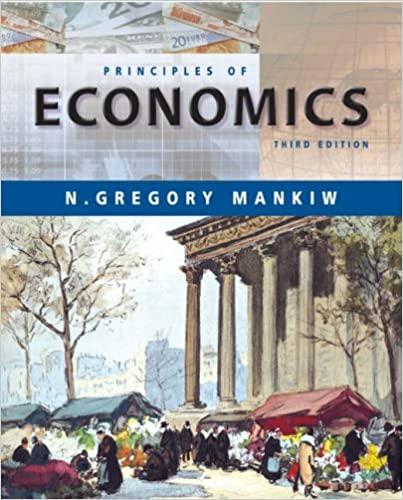1.1. A publisher faces the following demand schedule for the next novel by one of its popular...
Question:
1.1. A publisher faces the following demand schedule for the next novel by one of its popular authors:

The author is paid $2 million to write the book, and the marginal cost of publishing the book is a constant $10 per book.
a. Compute total revenue, total cost, and profit at each quantity. What quantity would a profit-maximizing publisher choose? What price would it charge?
b. Compute marginal revenue. (Recall that MR
TR/Q.) How does marginal revenue compare to the price? Explain.
c. Graph the marginal-revenue, marginal-cost, and demand curves. At what quantity do the marginalrevenue and marginal-cost curves cross? What does this signify?
d. In your graph, shade in the deadweight loss.
Explain in words what this means.
e. If the author were paid $3 million instead of $2 million to write the book, how would this affect the publisher’s decision regarding the price to charge?
Explain.
f. Suppose the publisher were not profit-maximizing but were concerned with maximizing economic efficiency. What price would it charge for the book?
How much profit would it make at this price?
Step by Step Answer:







